| |
| Market Update |
| |
|
The Euro (EUR) dropped 0.61% against the US Dollar (USD) due to a hawkish Federal Reserve stance, which supported the USD amidst rising inflation concerns. Despite weaker-than-expected US retail sales, stronger industrial production and housing starts bolstered the dollar. Meanwhile, the European Central Bank's (ECB) rate cut failed to alleviate pressure on the euro, compounded by weak industrial production and low consumer demand.
The Japanese Yen (JPY) also faced downward pressure, with the USD gaining 0.44% against it. The Bank of Japan's cautious approach to tightening monetary policy, coupled with moderate inflation, weighed on the yen, despite stable industrial production figures.
The British Pound (GBP) fell 0.10% against the USD due to the Bank of England's cautious stance and disappointing UK economic data, including a contraction in GDP and declines in industrial production. However, GBP rose 0.36% against the JPY as diverging monetary policies between the Bank of England and Bank of Japan supported the pound.
Oil prices climbed amid strong global demand, geopolitical tensions, and concerns over supply disruptions in the Middle East, despite a US crude inventory build. Gold prices also rose, benefiting from hopes of US interest rate cuts and geopolitical instability, while Bitcoin saw volatility with investor sentiment improving post-Fed decision, though caution remained due to potential macroeconomic risks.
|
| |

|
|
Key Global Commodities
|
|
| |
| |
| |
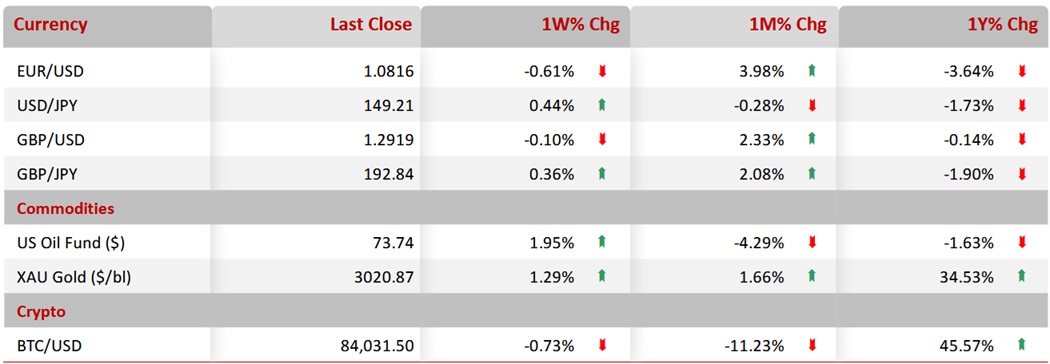
|
| |
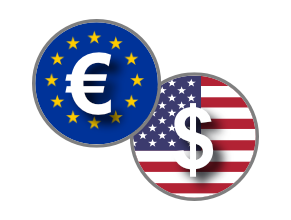
|
|
EUR/USD
|
|
|
EUR Drops Against Dollar Amid Fed's Cautious Stance and Economic Uncertainty
|
|
| |
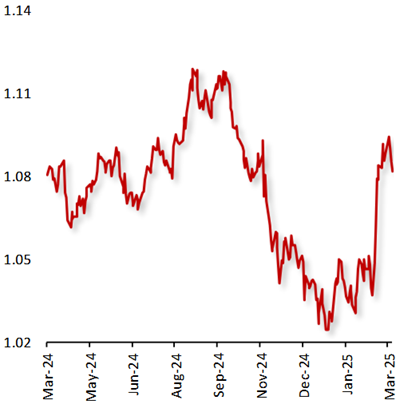
|
|
The EUR declined 0.61% against the USD this week, primarily driven by the strengthening of the US Dollar after the Federal Reserve kept interest rates unchanged.
The Fed’s cautious approach, signaling no immediate rate cuts despite rising inflation, boosted the USD, with the US Dollar Index climbing. This shift reflected market expectations that the Fed would focus on controlling inflation amid economic uncertainties. While US retail sales rose 0.2% in February, below expectations, stronger industrial production and housing starts helped support the dollar. Meanwhile, a sharp decline in the Michigan consumer sentiment index and weaker manufacturing data limited USD gains.
The ECB lowered interest rates by 25 basis points to support sluggish economic growth, but weak industrial production and subdued consumer demand kept the euro under pressure.
|
|
| |
| |
| |
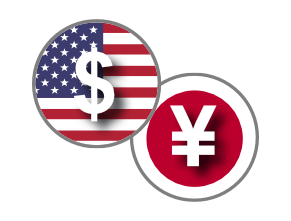
|
|
USD/JPY
|
|
|
Dollar rises as Fed Stance Supports Dollar, BOJ Uncertainty Weighs on Yen
|
|
| |
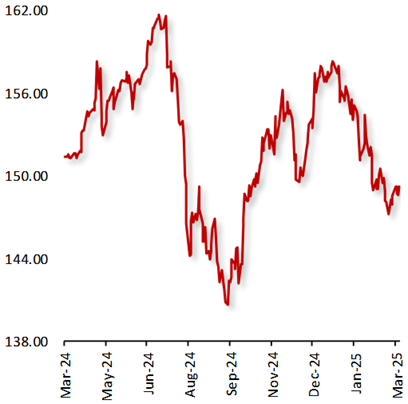
|
|
The USD closed 0.44% higher against the JPY this week, as the US dollar remained firm amid a hawkish Federal Reserve, while uncertainty surrounding the Bank of Japan’s (BOJ) policy stance kept the yen under pressure.
In Japan, inflation concerns eased, and industrial production showed moderate growth of 2.2% YoY in January. However, speculation over the BOJ’s cautious approach to policy tightening limited yen gains.
Meanwhile, in the US, retail sales growth of 0.2% in February fell short of expectations, but stronger industrial production and a rebound in housing starts supported the dollar. Despite weak consumer sentiment and declining manufacturing activity, the Fed’s decision to keep rates unchanged at 4.5% reinforced confidence in the USD, driving the pair higher.
|
|
| |
| |
| |
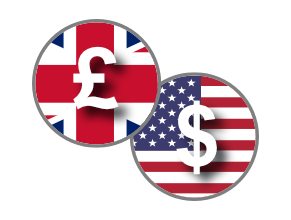
|
|
GBP/USD
|
|
|
Sterling Declined Amid BoE's Caution and Weak UK Economic data
|
|
| |
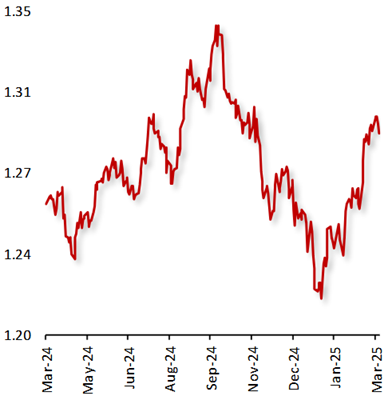
|
|
The GBP closed 0.10% lower against the USD this week, influenced by the Bank of England's (BoE) decision to maintain interest rates at 4.5%.
Governor Andrew Bailey's cautious outlook. Bailey emphasized the need for careful policy calibration, noting that inflation pressures are easing gradually, necessitating a wait-and-see approach before adjusting monetary policy.
In the UK, GDP unexpectedly contracted by 0.1% in January, signaling economic slowdown. Industrial and manufacturing production also declined, missing market expectations and adding to concerns over sluggish growth. Despite an uptick in house prices, overall sentiment remained weak.
Meanwhile, in the US, stronger industrial production and a rebound in housing starts kept the dollar supported. Fed's hawkish stance strengthens USD, pushing GBP/USD lower amid uncertainty.
|
|
| |
| |
| |
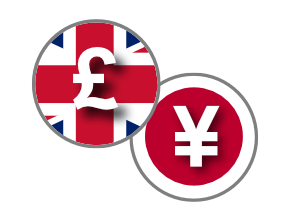
|
|
GBP/JPY
|
|
|
Pound climbed amid Diverging Monetary Policies
|
|
| |
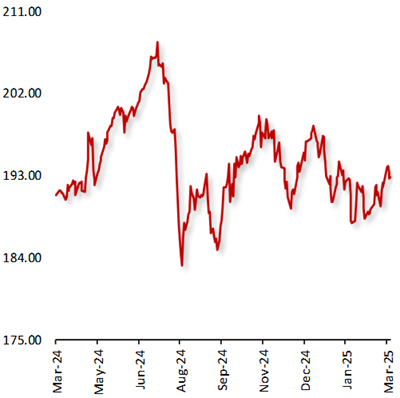
|
|
The GBP closed 0.36% higher against the JPY this week, as diverging monetary policies between the Bank of England (BoE) and the Bank of Japan (BoJ) supported the pound.
The BoE kept interest rates unchanged at 4.5%, with Governor Andrew Bailey emphasizing a cautious approach due to gradually easing inflation. However, signs of economic weakness, including a GDP contraction and a decline in industrial production, limited sterling’s gains.
The Bank of Japan (BoJ) also left rates unchanged, despite slowing inflation. With inflation in Tokyo, showed a significant slowdown in February. Furthermore, Japan’s wage growth has remained sluggish, reducing pressure on the central bank to take aggressive action.
|
|
| |
| |
| |

|
|
US Oil Fund ($)
|
|
|
Oil Prices Rise Amid Robust Demand and Geopolitical Tensions
|
|
| |
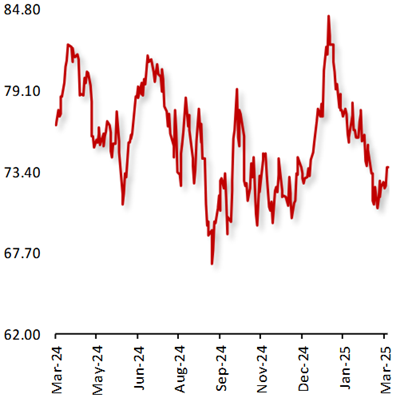
|
|
Oil prices climbed last week, marking a second consecutive weekly gain, driven by strong global demand and escalating Middle East tensions. Despite a larger-than-expected US crude inventory build, robust demand, particularly from Asia, kept prices resilient. Geopolitical risks added support as the US vowed continued strikes against Houthi rebels, raising fears of supply disruptions. Additionally, renewed sanctions on Iran and OPEC+ efforts to rein in overproduction bolstered market sentiment.
However, gains were capped by a US-Russia agreement on a 30-day energy ceasefire, easing immediate supply concerns. According to the Energy Information Administration (EIA), the US crude stocks climbed by 1.75mn barrels in the week ended 14 March 2025, lower than expectations of a 1.17mn barrel build. Despite inventory builds and ceasefire developments, strong consumption and supply risks drove prices upward.
|
|
| |
| |
| |

|
|
XAU Gold (XAU/USD)
|
|
|
Gold Prices Climb on Rate Cut Hopes and Geopolitical Tensions
|
|
| |
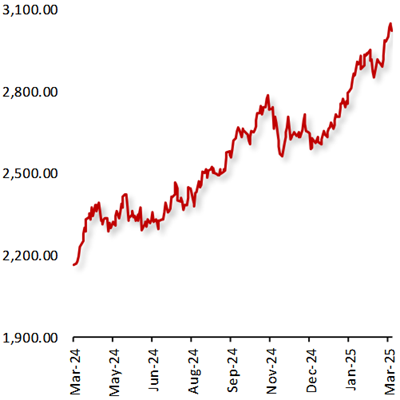
|
|
Gold prices rose last week, marking their third straight weekly gain, driven by the US Federal Reserve's indication of potential rate cuts in 2025. The increase was further supported by escalating tensions in the Middle East, including US military actions in Yemen and rising violence in Gaza, which bolstered demand for safe-haven assets. Additionally, concerns over US President Trump’s tariff policies and fears of economic disruptions added to the bullish sentiment.
The prospect of lower interest rates enhanced gold's appeal, as it reduces the opportunity cost of holding non-yielding bullion. Heightened global uncertainties, including geopolitical risks and tariff-related volatility, also fuelled demand for gold as a hedge against inflation and market instability. While some profit-taking capped gains, gold remained near record highs, reflecting sustained investor confidence in its role as a reliable store of value.
|
|
| |
| |
| |
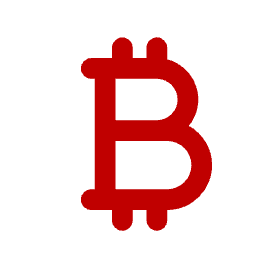
|
|
BTC/USD
|
|
|
Bitcoin Faces Volatility Amid Fed's Dovish Stance and Improved Market Sentiment
|
|
| |
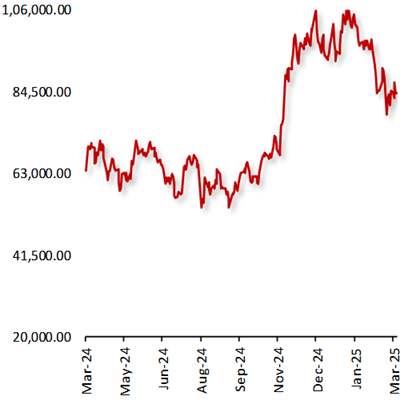
|
|
Bitcoin prices fell last week, as the US Federal Reserve's decision to maintain interest rates boosted investor confidence. The Fed's dovish stance, coupled with softer inflation expectations, eased concerns about tighter monetary policy, creating a favourable environment for risk assets like Bitcoin. Additionally, improving sentiment in traditional markets, with stocks also rallying, contributed to the upward momentum.
However, caution about potential volatility persists as Bitcoin had stalled ahead of the US Fed meeting. Despite this, the overall market sentiment improved post-announcement, driving renewed interest in the cryptocurrency. While Bitcoin's recovery reflects growing optimism, investors remain watchful for macroeconomic developments that could influence its trajectory in the near term. The combination of supportive monetary policy and improved risk appetite continues to underpin Bitcoin's appeal.
|
|
| |
| |
|
| |

|
|
Key Global Currencies and Commodities
|
|
| |
| |
| |
|
Currency
|
| |
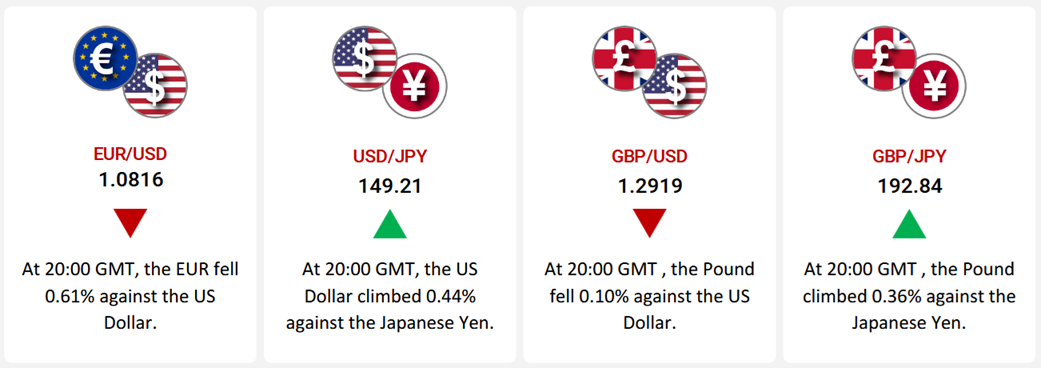
|
| |
|
Commodities & Crypto
|
| |
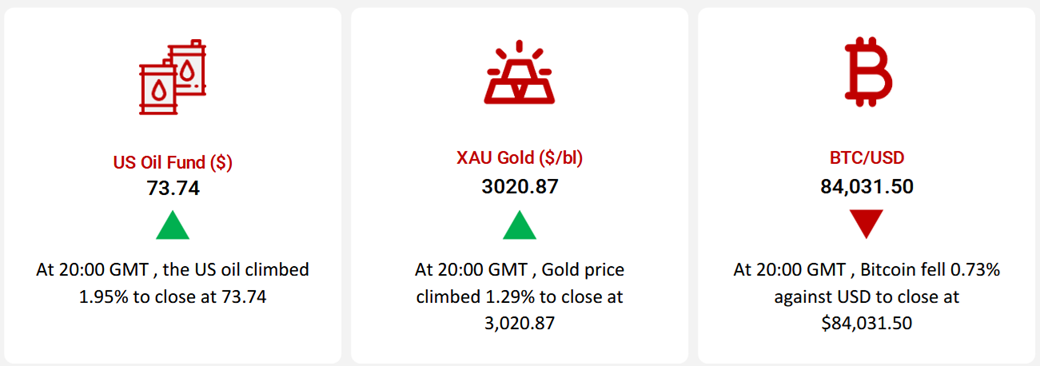
|
| |
|
| |
|